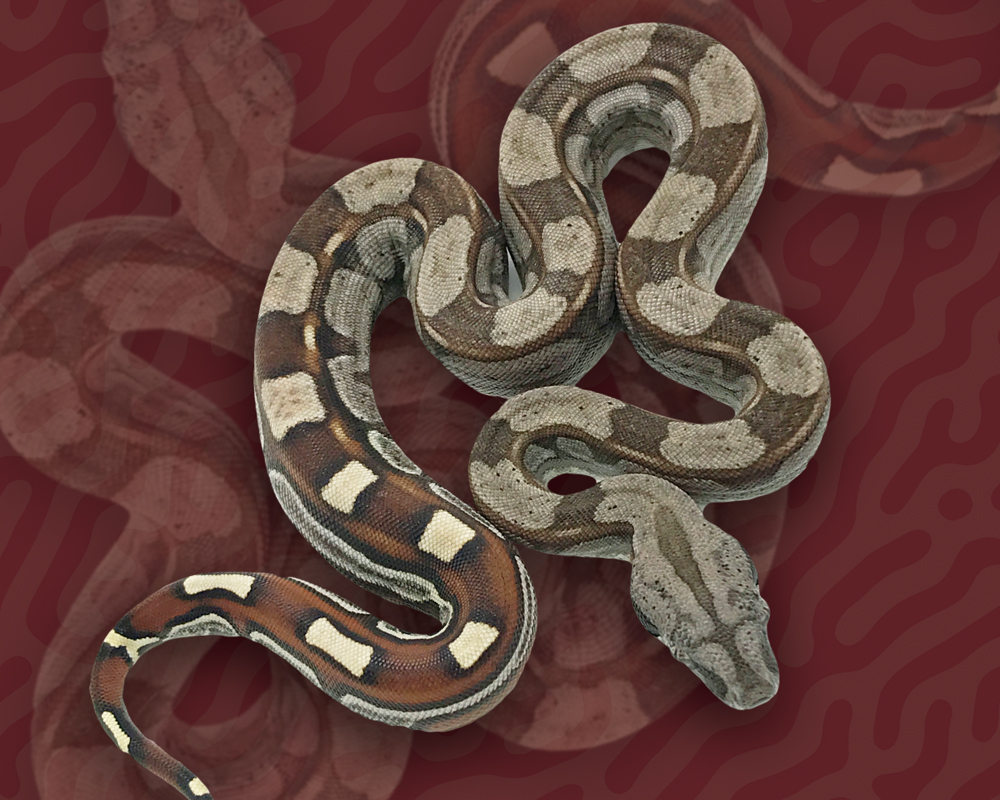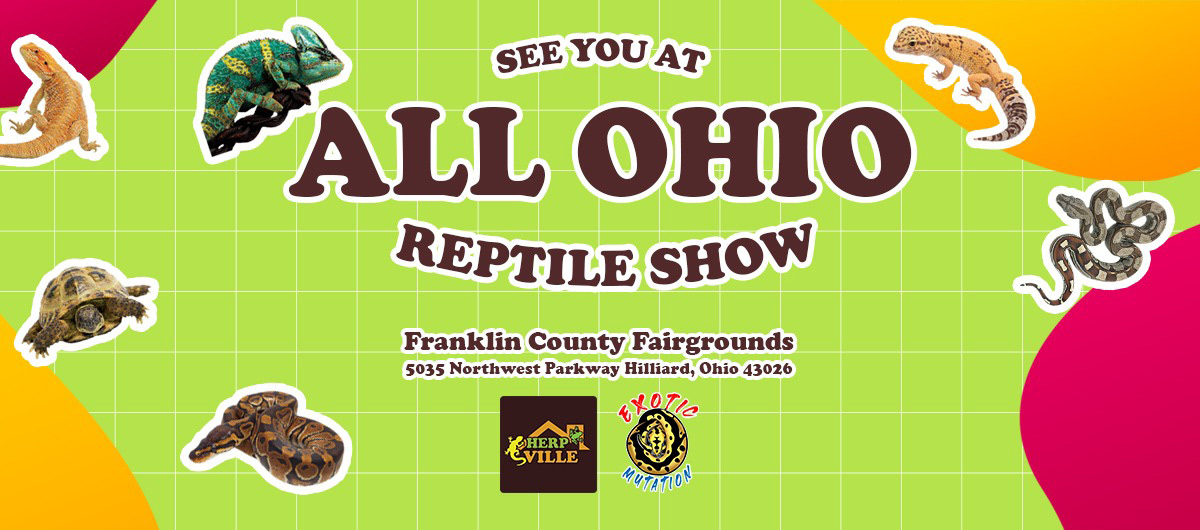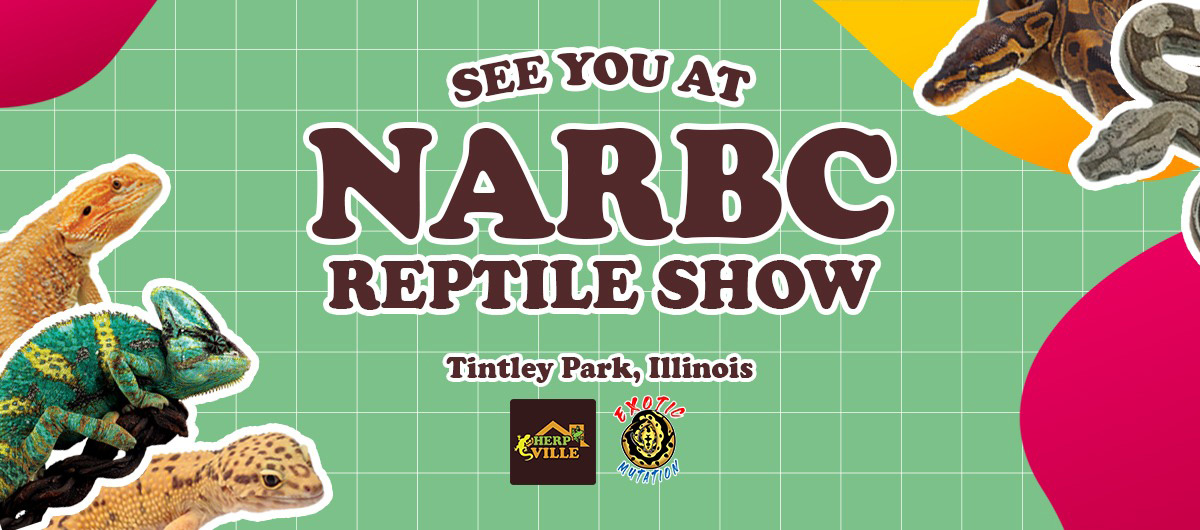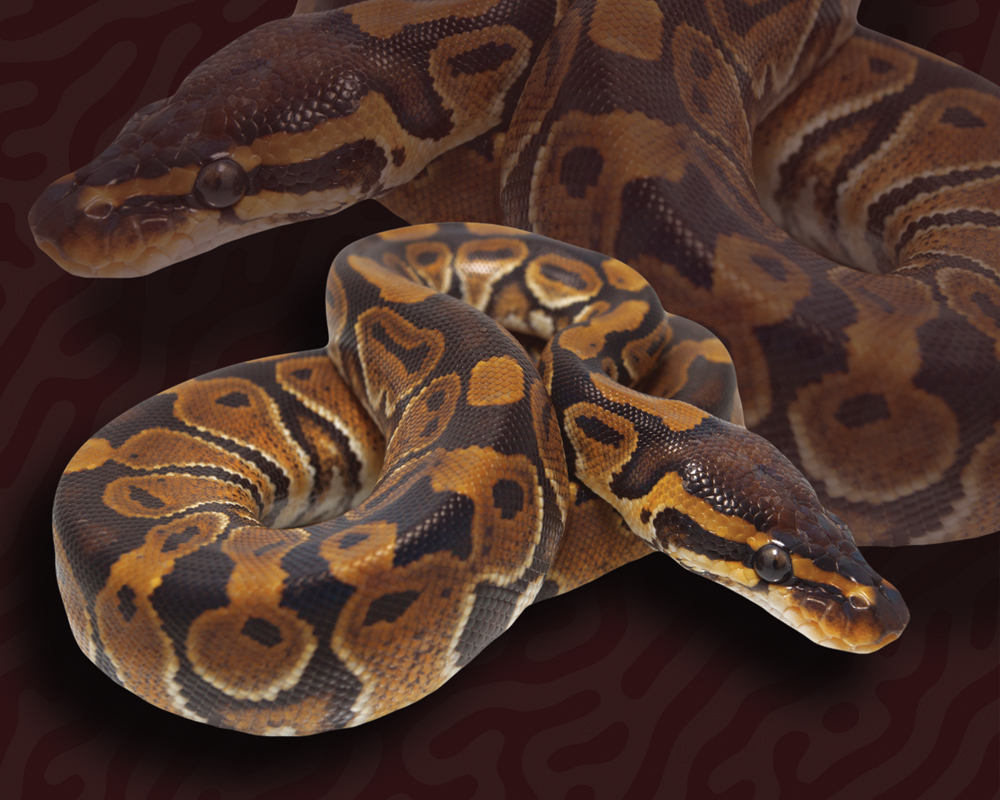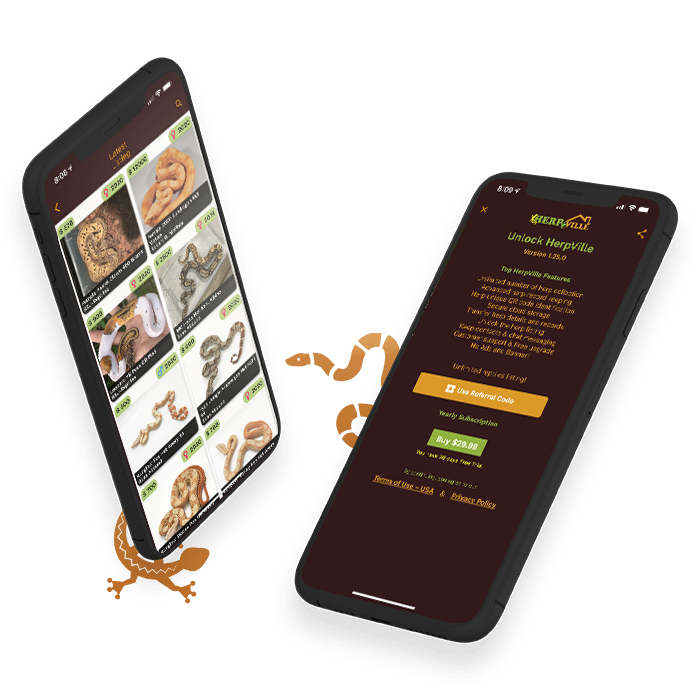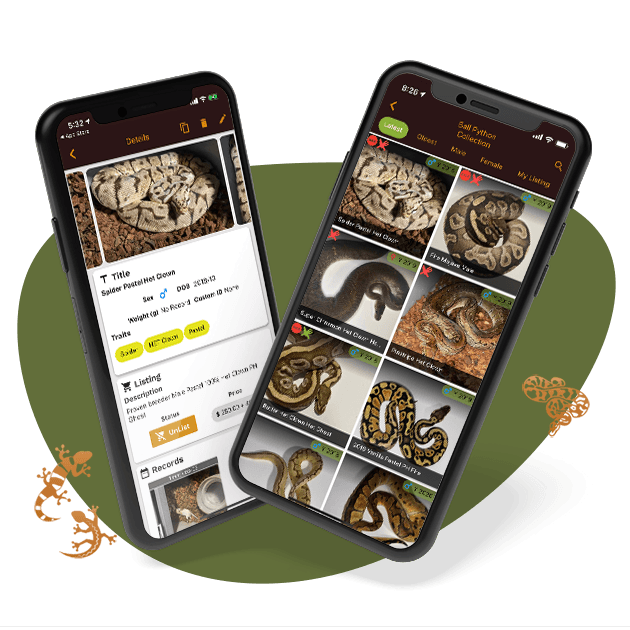HERP-CARE CHECKLIST
What will I need for my Boa Constrictor?
- Glass aquariums or plastic-type reptile cages – 40 gallons
- Secured screened lid
- Use branches for hiding area in the cage
- Moist bed but not too wet – use damp moss for extra humidity
- Food bowl
- Clean the whole bed/cage once a month; spot clean when it defecates
- Provide hot (90°F) and cool (83°F) side of the enclosure
- Basking light
- Maintain humidity 60 – 70%
- Frozen rodent room temp, use feeding tongs
Boa Constrictor, also known as the red-tailed boa or the common boa, is a species of large, non-venomous, heavy-bodied snake that is frequently kept and bred in captivity.
All its subspecies are referred to as boa constrictors and are part of a diverse group of new world boas referred to as red-tailed boas, comprising species of both Boa constrictor and Boa imperator.
With proper care, it can live up to 30 years and the max length it can have is 10 feet. It’s a non-poisonous snake.
Boa constrictors are viviparous, giving birth to live young. They generally breed in the dry season—between April and August.
Like all snakes, boa constrictors are more unpredictable during the shed cycle because the substance that lubricates between the old skin and the new one makes their eyes appear milky, blue, or opaque which results in a blurry vision.
Boa Constrictors’ diet usually consists of rodents, but lizards and mammals as big as ocelots are reported to have been consumed. Young boa constrictors eat small mice, birds, bats, lizards, and amphibians.
Feeding Schedule
Use the Herpville App to set reminders for feeding, watering, breeding, and cleaning.
| < 2 yrs. | 1 per 7 – 10 days | 1 mid size mice/rat (room temp, not live) |
|---|---|---|
| > 2 yrs. | 1 per 10 – 14 days | 1 large mice/rat (room temp, not live) |
Do not feed a new boa for at least five days after you bring it home. Provide fresh and clean water in a bowl all the time.
Temperature
| Basking Spot | Ambient | Cool Side | Night | |
|---|---|---|---|---|
| Min | 90°F | 85°F | 75°F | 75°F |
| Max | 95°F | 90°F | 80°F | – |
- Belly heat can be provided using under tank heaters
- Use point and shoot thermometer to measure temperature regularly
Lighting
A low-watt fluorescent bulb can be used to provide a photoperiod (day-night cycle) and to observe your boa better.
Humidity
Cage Humidity 60 – 70%. Boas soaks water during shedding if humidity is low.
Cleaning
- Remove the snake and decors
- Disinfect with 2% bleach sol, wash and dry
- Use a new substrate
- Clean the water regularly.
Shedding
- Sheds approx. once a month.
- Maintain humidity 60 – 70% for better shedding
- The eyes may turn gloomy during shedding.
- A shallow, open bowl of water, for the snake to soak
- Daily misting with warm water can aid in shedding.
Substrate
- Paper-based bedding, reptile carpet, forest bedding, and Aspen wood shavings
- Change the substrate every two weeks to prevent it from becoming excessively wet or soiled.
Monitor & track your animals using Herpville App!
Herpville app provides you with tools, tips, and techniques to keep your reptile pets and amphibians alive and healthy.
Whether you are a reptile hobbyist, pro breeder, or own a reptile business, Herpville will significantly improve your reptile husbandry and will provide support for the entire lifecycle of reptile breeding.
You can connect with reptile enthusiasts all over the world and share photos, exchange animal caring ideas and potential for buying or selling
of the animals.

